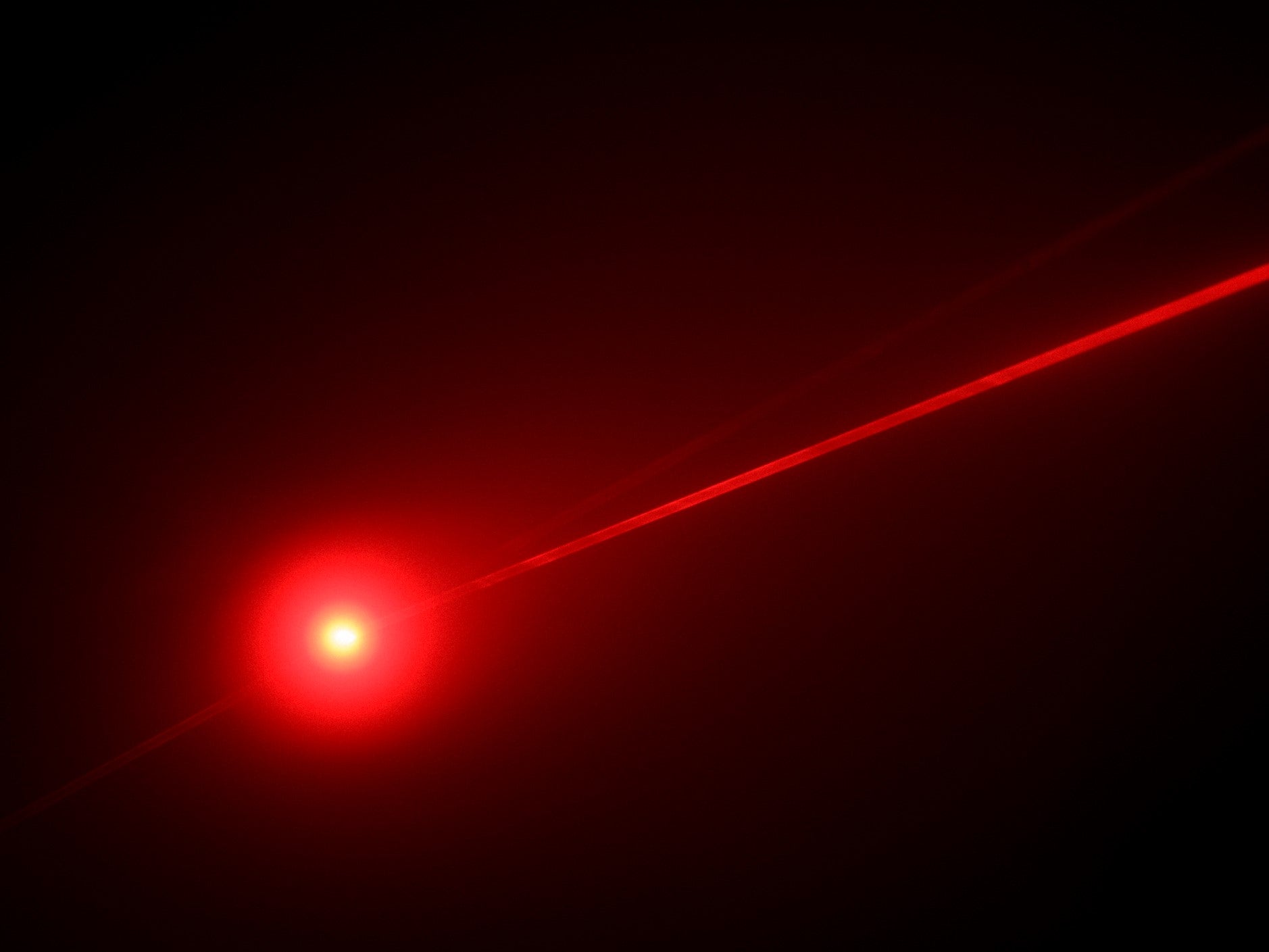Apple considers lasers for future iPhones to detect contaminated air
‘Particle matter sensor’ patent could also find its way into a future Apple Watch

Your support helps us to tell the story
From reproductive rights to climate change to Big Tech, The Independent is on the ground when the story is developing. Whether it's investigating the financials of Elon Musk's pro-Trump PAC or producing our latest documentary, 'The A Word', which shines a light on the American women fighting for reproductive rights, we know how important it is to parse out the facts from the messaging.
At such a critical moment in US history, we need reporters on the ground. Your donation allows us to keep sending journalists to speak to both sides of the story.
The Independent is trusted by Americans across the entire political spectrum. And unlike many other quality news outlets, we choose not to lock Americans out of our reporting and analysis with paywalls. We believe quality journalism should be available to everyone, paid for by those who can afford it.
Your support makes all the difference.Apple is working on a new type of phone sensor that uses lasers to monitor dangerous particulates in the air, according to a patent filing.
The ‘Particulate matter sensors for portable electronic devices’ patent describes how an array of lasers could detect the presence of poisonous gas, pollen and other potentially harmful elements in the air surrounding a device.
The technology could potentially find its way into next-generation iPhones or a future Apple Watch, though the Cupertino company does not comment on unreleased products.
The patent describes how a three-laser set up would be able to determine the speed and direction of air flow without the need for bulky fans that are typically used in these types of sensors.
“These three beams can converge at a measurement location or, in some embodiments, can converge at different locations to perform independent measurements of particulate matter flowing with the gas,” the patent states.
While the primary use case for the sensor is with smartphones and smart watches, the patent also mentions that it could work with a variety of other computers and wearables.
In other implementations, [the] electronic device may be a laptop computer, a tablet computer, a somewhat smaller portable device such as a wristwatch device, pendant device, or other wearable or miniature device, a media player, a gaming device, a navigation device, a fitness device, or other electronic equipment," according to the patent, which was filed with the US Patent and Trademark Office in July but only published on Tuesday.
A companion app would then be able to update the user with air quality reports and alert them if there is cause for concern.

Join our commenting forum
Join thought-provoking conversations, follow other Independent readers and see their replies
Comments